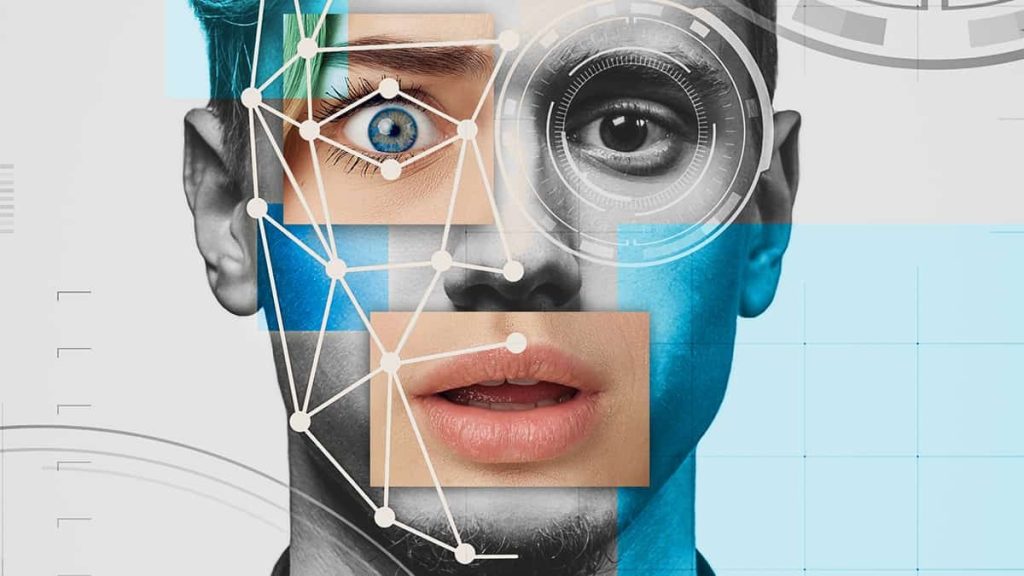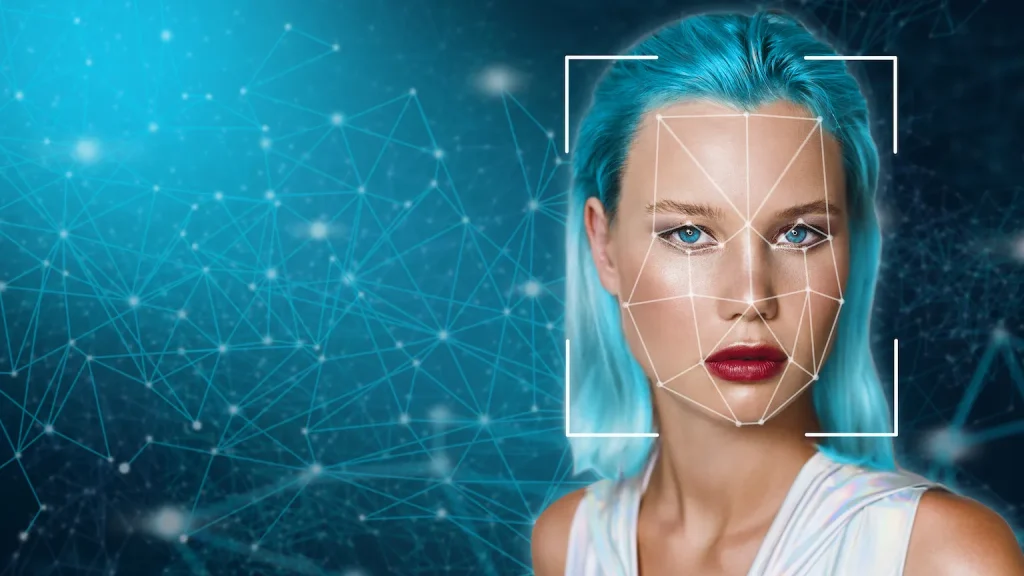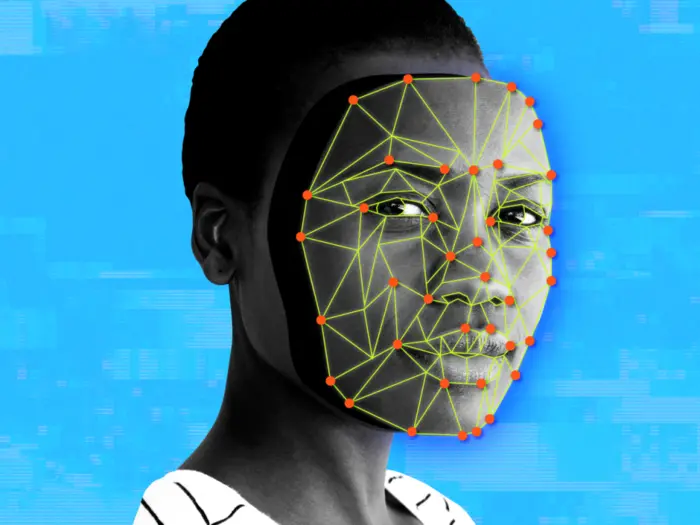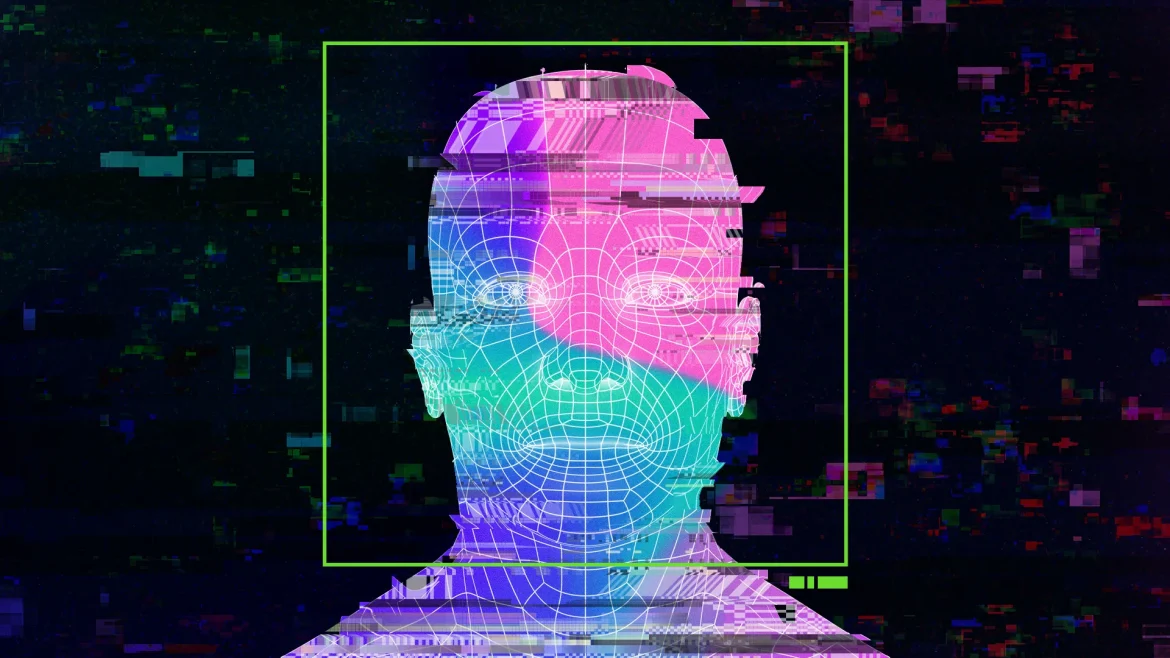Synthetic media is a rapidly evolving field that is transforming how content is created, consumed, and interacted with across various platforms. Leveraging advancements in artificial intelligence (AI), machine learning, and deep learning, synthetic media encompasses the generation of new, artificial content that mimics real-world media, including images, videos, audio, and text. This article explores the concept of synthetic media, its applications, benefits, challenges, and the implications for the future of content creation.

Understanding Synthetic Media
- What is Synthetic Media?
- Definition: Synthetic media refers to content that is artificially generated or modified by using AI technologies. Unlike traditional media, which is produced through conventional means, synthetic media is created through algorithms that can generate realistic content that often mimics human creation.
- Core Technologies: The main technologies driving synthetic media include Generative Adversarial Networks (GANs), deepfake technology, and neural networks. These technologies allow for the creation of hyper-realistic images, videos, audio, and text by learning patterns from existing media.
- How Synthetic Media Works:
- Training Data: Synthetic media systems are trained on large datasets containing examples of the type of content they aim to produce. For instance, GANs use pairs of images—one real and one synthetic—to refine their ability to generate realistic images.
- Content Generation: Once trained, these AI models can generate new content by synthesizing elements from the training data. For example, a GAN might generate a new image of a person by combining features from various existing images, creating a photo-realistic but entirely artificial individual.
Applications of Synthetic Media
- Entertainment and Media:
- Film and Television: Synthetic media is used in filmmaking to create realistic visual effects, enhance special effects, and even resurrect actors for posthumous roles. Deepfake technology allows for the creation of realistic performances without requiring physical presence.
- Gaming: In the gaming industry, synthetic media enhances player experiences through lifelike character models, dynamic environments, and interactive narratives. AI-generated content helps create more immersive and engaging game worlds.
- Marketing and Advertising:
- Personalized Ads: Synthetic media allows marketers to create highly personalized advertisements by generating content tailored to individual preferences and behaviors. AI can produce targeted visuals and messages that resonate with specific audiences.
- Virtual Influencers: Brands are increasingly using AI-generated virtual influencers—digital personas created using synthetic media—to promote products and engage with audiences. These influencers can be designed to embody specific traits and aesthetics that appeal to target demographics.
- Education and Training:
- Interactive Learning: Synthetic media can create interactive and immersive educational experiences. AI-generated simulations and virtual environments provide hands-on learning opportunities in fields such as medical training, engineering, and language learning.
- Personalized Tutoring: AI-powered educational tools can generate customized learning materials and interactive exercises tailored to individual student needs, enhancing the effectiveness of educational programs.
- Communication and Social Media:
- Content Creation: Synthetic media enables users to create and share engaging content on social media platforms. AI tools can generate memes, deepfake videos, and audio clips that reflect current trends and user interests.
- Virtual Meetings: AI-generated avatars and virtual assistants are becoming more common in virtual meetings and online interactions. These synthetic media elements enhance communication by providing realistic representations and interactions in digital spaces.

Benefits of Synthetic Media
- Enhanced Creativity and Efficiency:
- Creative Freedom: Synthetic media expands creative possibilities by allowing content creators to explore new ideas and concepts that might be difficult or impossible to achieve with traditional methods. AI can generate novel content and assist in creative processes.
- Faster Production: Synthetic media tools accelerate content creation by automating processes and generating high-quality content quickly. This efficiency benefits industries such as entertainment, advertising, and education by reducing production times and costs.
- Personalization and Customization:
- Tailored Experiences: Synthetic media enables highly personalized experiences by generating content that aligns with individual preferences and needs. This customization enhances user engagement and satisfaction across various applications, from marketing to education.
- Adaptive Content: AI-driven tools can adapt content in real-time based on user interactions and feedback. This adaptability ensures that content remains relevant and engaging, leading to more effective communication and marketing strategies.
- Accessibility and Inclusivity:
- Language and Cultural Adaptation: Synthetic media can generate content in multiple languages and cultural contexts, making information and entertainment more accessible to diverse audiences. AI can translate and localize content to cater to global audiences.
- Assistive Technologies: AI-generated content can assist individuals with disabilities by creating accessible media formats, such as audio descriptions for visual content and text-to-speech for written materials. This inclusivity enhances access to information and resources.
Challenges and Considerations
- Ethical and Legal Issues:
- Deepfakes and Misinformation: Synthetic media, particularly deepfakes, raises concerns about misinformation and the potential for malicious use. Deepfakes can be used to create convincing but false content, leading to issues related to trust and authenticity.
- Intellectual Property: The use of synthetic media also involves questions about intellectual property rights and content ownership. Ensuring that AI-generated content respects existing copyrights and trademarks is a critical consideration.
- Quality and Authenticity:
- Content Quality: While synthetic media can produce high-quality outputs, ensuring the authenticity and accuracy of generated content remains a challenge. Misrepresentation or low-quality content can undermine trust and effectiveness.
- Detecting Fake Content: Developing methods to detect and verify synthetic media is essential for maintaining the integrity of information. Researchers and technology developers are working on tools to identify and address fake content.
- Privacy and Security:
- Data Privacy: Synthetic media relies on large datasets, raising concerns about data privacy and security. Protecting sensitive information and ensuring responsible data use is crucial for maintaining user trust.
- Cybersecurity Risks: The potential for synthetic media to be used for malicious purposes, such as creating fraudulent content or impersonating individuals, highlights the need for robust cybersecurity measures.
The Future of Synthetic Media
- Technological Advancements:
- Improved Algorithms: Advances in AI and machine learning will continue to enhance the quality and capabilities of synthetic media. Future developments may lead to even more realistic and versatile content generation.
- Integration with Other Technologies: Combining synthetic media with other emerging technologies, such as augmented reality (AR) and virtual reality (VR), will create new possibilities for immersive and interactive experiences.
- Ethical and Regulatory Frameworks:
- Regulation and Standards: Developing ethical guidelines and regulatory frameworks for synthetic media will be essential for addressing challenges related to misinformation, privacy, and intellectual property. Collaborative efforts between policymakers, technologists, and industry stakeholders will shape these frameworks.
- Responsible Use: Promoting responsible use of synthetic media and ensuring transparency in its applications will help build trust and mitigate potential risks. Encouraging ethical practices and educating users about synthetic media will be important for fostering a positive impact.

Conclusion
Synthetic media is revolutionizing content creation by leveraging AI technologies to generate realistic and engaging content. Its applications span various fields, including entertainment, marketing, education, and communication, offering enhanced creativity, efficiency, and personalization. However, the rise of synthetic media also presents challenges related to ethics, quality, and privacy. As technology continues to evolve, addressing these challenges while harnessing the potential of synthetic media will be crucial for shaping a future where AI-driven content enhances and enriches our digital experiences.


